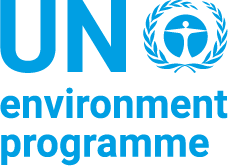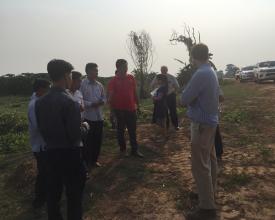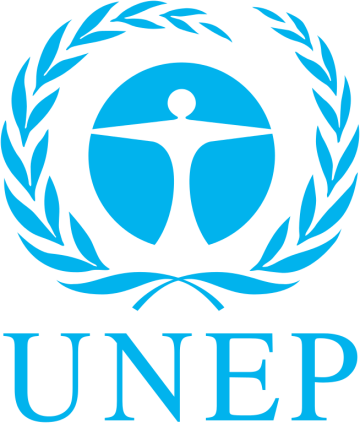
Building resilience of urban populations to climate change with ecosystem-based adaptation in Lao PDR

This project is building climate resilience of local communities in these cities through the implementation of an integrated approach to flood management to reduce the impacts of urban flooding and to help manage climate change‑induced floods in a long-term.
The project, executed by Laos’ Ministry of Natural Resources and Environment with support from the United Nations Environment Programme (UNEP), represents a major ‘paradigm shift’ of urban flood management in Laos, from hard infrastructure towards the integration of nature-based solutions, including the restoration of 1,500 ha of urban wetlands and streams to regulate water flow and thus reduce flood risk. Other project activities include strengthening technical capacity and knowledge management for Ecosystem-based Adaptation (EbA), developing city-level flood management strategies, and supporting the production and dissemination of information to build technical capacity for the implementation of urban EbA interventions.
Impacts
Environmental
- The project is improving biodiversity and reducing flooding by implementing urban EbA solutions which involves rehabilitating 800 ha of wetlands and restoring 700 ha of urban stream. These activities will help regulate water flow and thus improve biodiversity and reduce flooding in urban and peri-urban areas.
- Wetland and stream rehabilitation is providing a suitable habitat for a range of aquatic and terrestrial animals which are of both environmental and social importance.
Social
- The project is reducing the threat of flooding for 74,600 people living in Vientiane Capital, Paksan, Savannakhet and Pakse cities, and 825,000 people are expected to benefit from flood reduction and enhanced ecosystem services.
- Restoring habitats is improving the ecosystem services that these habitats are providing to local communities which subsequently contributes to improved livelihoods.
- To protect the target cities from extreme weather, the project is developing 4 Integrated Climate-resilient Flood Management Strategies.
Economic
- To improve drainage and reduce flooding in the four target cities, a total of 18,000 m2 of permeable paving solutions are being designed and installed at the selected public institutions such as hospitals, educational institutions, and government offices.
- The project is encouraging decision-makers to invest in ecosystems and to integrate EbA into planning, policies, and legal frameworks.





